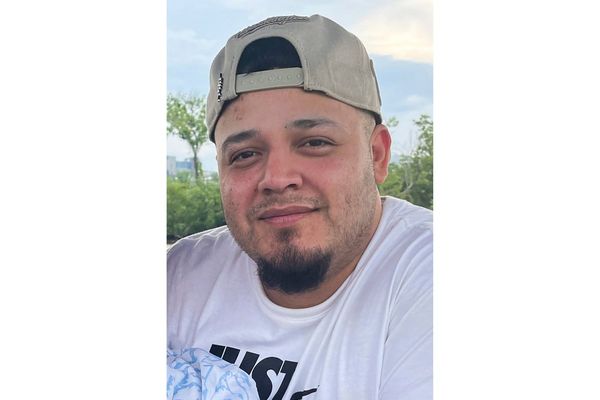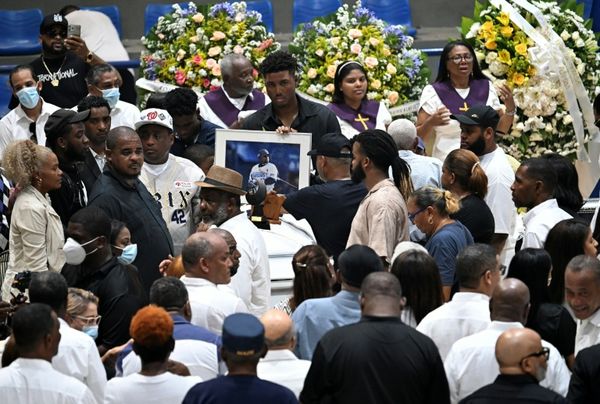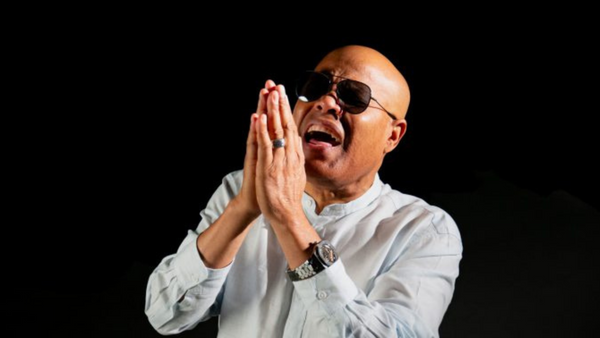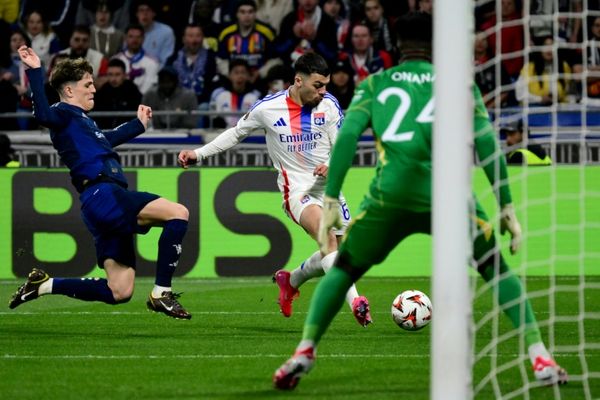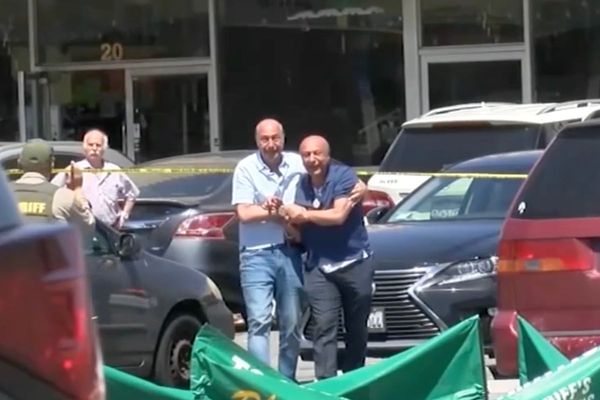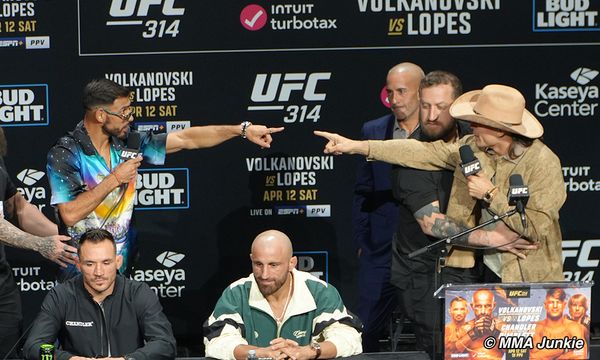
An attractive young woman in billowing white linen enters the room and takes a seat on the floor cushion, arranging her body in lotus position. Her eyes flutter closed and she takes a deep breath, then fixes her gaze ahead. “Hello, everybody,” she says at last, her voice simultaneously beseeching and solemn. She is not here to lead a yoga class. The woman before us is Rachel Lee, the heretofore unheard from mastermind of the Bling Ring, the infamous band of boys and girls who made headlines and inspired a Sofia Coppola film when they broke into the homes of Hollywood stars and took off with millions of dollars worth of spoils.
Lee, who was sentenced to four years in prison and set free after 16 months, has maintained an enigmatic and anonymous persona since her release from prison 10 years ago. She is coming forth in The Ringleader: The Case of the Bling Ring, Erin Lee Carr’s taut and textured documentary. The portrait pierces through the glamorous amorality tale without letting one of its chief perpetrators off the hook. “It took about a year to get her onboard,” the director said. “And it took a very, very, very long time for her to actually tell me things that were the truth.”
Carr, a prolific documentary director, has been a fan of the Bling Ring story since her undergraduate days at the University of Wisconsin. More recently, she was thinking about focusing on the story for a documentary when Alexis Neirs, one of the best known and most photographed members tipped her off to the fact that she had gone to a hair salon where she ran into Lee, who now worked as a hairdresser. “Just by coincidence, Rachel had to wash Alexis’s hair and they exchanged numbers,” Carr said. “Rachel was incredibly hard to pin down,” Carr said. Even when she consented to work with the director, “There may have been times where she wanted to back out of doing a project. It was about explaining that this is not a hit piece. This is not going to be exploitive. This is going to be a rendering of what actually happened.”
Her film presents less of a counter-narrative than a deeper, muddier psychological inquiry of the heists. Family structure (Lee’s parents split up when she was a toddler), race (Lee is Korean and grew up in a predominantly white enclave of California) and drugs (she was using Xanax) enter the picture – but no single explanation gets saddled with the blame, no matter how tempting such a clean line might be. Lee, who is now seen tending to a collection of massive crystals and no longer uses drugs, occasionally dips into therapy-speak that feels pat and points up Carr’s key challenge. “I guess I just suffer Fomo … really badly,” Lee says at one point in her raspy voice, as if a desire to have and do it all constitutes a medical diagnosis. “There were racial components to it, and then there was mental illness,” Carr said. “These kids were all struggling with their mental health as a result of questioning their sexuality or doing too many drugs. Teenagers are going to be wild but these kids were especially wild.”
Lee met Nick Prugo, her partner in crime, at a continuation school for children who had trouble staying in traditional high school. They bonded over a shared feeling of being outsiders – Nick is gay, Lee wished she could look like a Kardashian – and after-school hangs spent painting their nails gave way to more thrilling pursuits. They started searching for cars that had been left unlocked, the way some fish for quarters in a vending machine. They moved on to visiting the addresses of celebrities, and determining who was away from home based on whether their mailbox was empty or packed. And then they started breaking and entering. Their targets were the heroes of the Ugg boots era: Paris Hilton, Rachel Bilson, Lindsay Lohan, Orlando Bloom. When the gang members were arrested, their insouciant mugshots resembled those of their favorite stars.
Celebrity worship at its most base is the true villain in Carr’s work, which makes a point to implicate everybody in the Hollywood ecosystem. The district attorneys and journalists who appear in the film also own up to their own desires to be closer to fame. “We all get caught up in the ego and wanting to feel a little bit famous,” Carr said on a video call, leaning in close to the camera to show her eyelash extensions. “I mean, I look very different than how I used to look. I’ve got my eyelashes done.”
Carr repeatedly pushed her subject to reconsider her version of events and scrapped days of interviews where Lee relied on the word “anxiety” to explain her past actions. “She had a story that she kept telling: I didn’t really want to rob, I was really anxious the whole time,” Carr said, sounding fired up. “And I just was like, that’s not true. It’s not true. You know, you did it time and time and time again. So we need to get to the actual root of that, and you need to be honest with me.”

Carr, who said she regularly discusses her subjects’ transformations with her therapist, eventually reached a breakthrough with Lee. Her subject was finally able to tease out and articulate the intoxicating emotional cycle that accompanied every one of her crimes. Anxiety only played a part. “She was anxious before [the break-ins],” Carr said. “In the middle, it was adrenaline. And then after, it was clarity, it was just that white noise and the sense of: I got away with it. I got away with it.”
Unpacking Lee’s family history was a pivotal piece of the process. Lee had long identified as coming from “a broken family”, but Carr, whose own father is the late New York Times journalist David Carr, exposes Lee’s strong if fraught relationship with her dad David, a professional gambler with a laconic swagger and a penchant for suspenders. Rumors about David, who used to live in Las Vegas, burying evidence from his daughter’s crimes in the Nevada desert have long been in circulation. “David felt like a very important person to interview,” Carr said. While she wasn’t able to get to the bottom of the burial story, including David and the rest of Lee’s family brings a dimension of heartbreak into the Bling Ring narrative. We learn that Lee’s mother had to downsize to a small apartment as a result of her daughter’s exorbitant legal fees. Lee chokes up when she tells Carr that she was in prison and her father was in Korea when her grandmother died in an assisted living facility. “My dad came and visited me and said my mom died alone because of you.”
So why did Lee, who does not appear to be looking to launch a beauty brand or hook a streaming network on a reality show, come forth? Perhaps she simply wanted to sweep away the debris as she struggles to move on. “There’s this horrible, horrible thing on Wikipedia where somebody talks about Lee having lower than average intelligence, and saying that she was not capable of being a ringleader,” Carr said. Her film just might inspire an edit.
The Ringleader: The Case of the Bling Ring is available on HBO and Max on 1 October with a UK date to be announced
